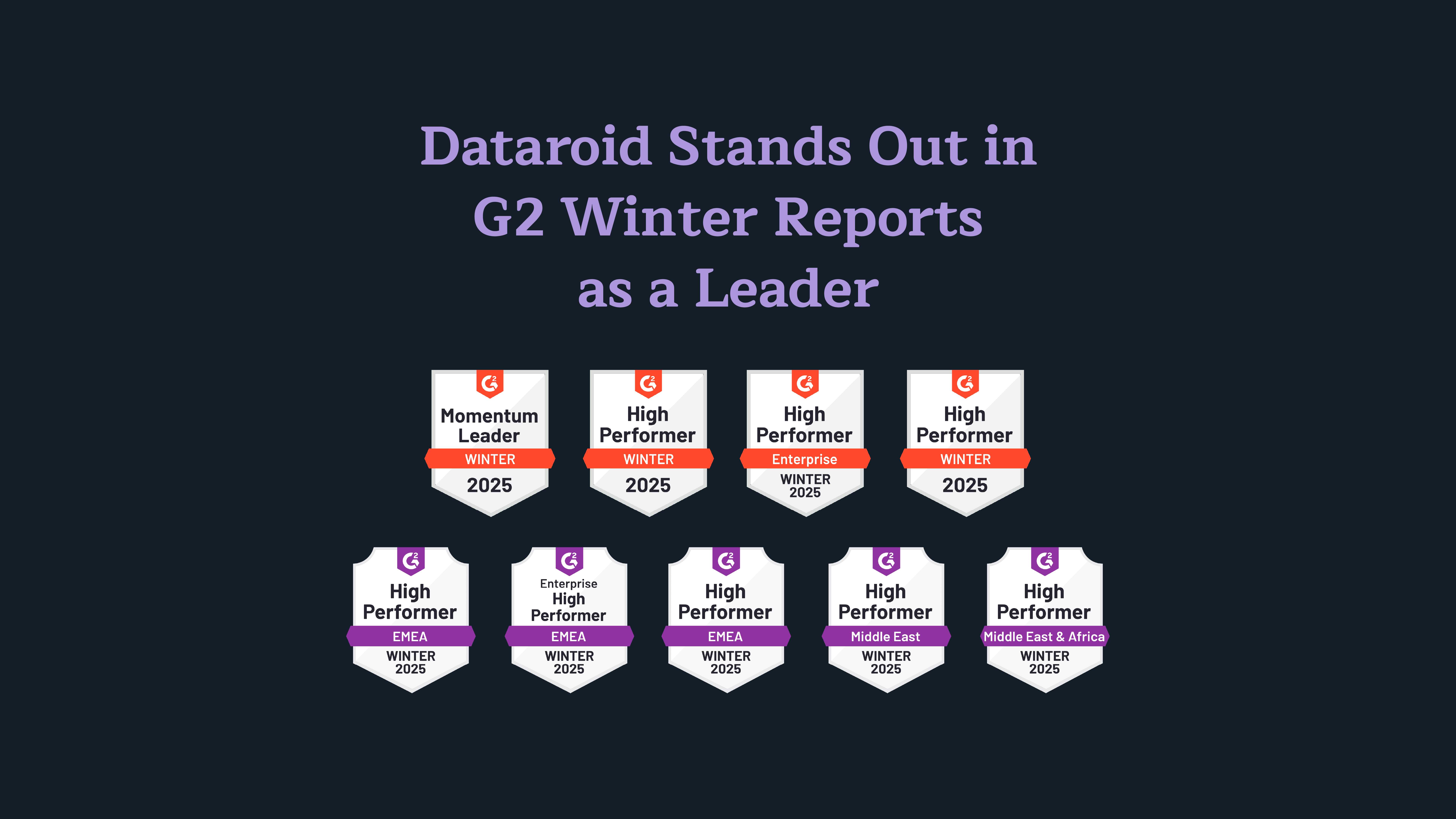What is Customer LTV and How Can We Increase It?
- Reading Time: 7 minutes
Understanding customers is vital to success. Learn about Customer Lifetime Value (LTV) – its importance, calculation methods, and ways to improve it.
What is Customer LTV?
Customer LTV is a metric that measures the total amount of money a customer spends on your products or services during their lifetime. This metric takes into account the value of all customer transactions. It also considers the length of time the customer is expected to remain a customer.
Why is customer LTV critical for your business?
LTV helps businesses make informed decisions about customer acquisition, retention, and marketing. Here are some specific ways LTV is significant:
- Customer acquisition: By understanding the value of each customer, businesses can focus on acquiring customers with the highest potential value. This can help businesses make more strategic decisions about where to allocate resources for marketing and customer acquisition.
- Customer retention: Customer LTV can also help businesses identify at-risk customers who are likely to churn and retain them. By focusing on retaining high-value customers, businesses can improve customer loyalty and reduce churn rates.
- Marketing: Customer LTV can inform marketing strategies by helping businesses identify which customers are most valuable, and what types of marketing campaigns are most effective at driving customer engagement and sales.
- Financial planning: Customer LTV can also help businesses with financial planning by providing a better understanding of long-term revenue projections and overall business profitability.
Sign up to drive your business with the power of data
Understanding Customer LTV Components
Customer LTV is composed of three main components: Average transaction value, average purchase frequency, and customer lifespan.
Average Purchase Value
Average purchase value (APV) measures the average amount of money a customer spends on each purchase. To calculate APV, simply divide the total revenue generated by the number of purchases made by customers.
Average Purchase Frequency
Average purchase frequency (APF) measures the average number of times a customer makes a purchase in a given period. To calculate APF, divide the total number of purchases made by customers by the total number of unique customers.
Customer Lifespan
Customer lifespan (CL) measures the length of time a customer remains a customer. This can be calculated in a variety of ways depending on your business. However, a common method is to measure the time between a customer’s first purchase and their last purchase.
Step-by-Step Guide to Calculate Customer LTV
Now that you understand the components of customer LTV, it’s time to put them together to calculate the metric. Here’s a step-by-step guide to help you calculate customer LTV:
- Determine Average Purchase Value: Divide the total revenue generated by the number of purchases made by customers.
- Determine Average Purchase Frequency: Divide the total number of purchases made by customers by the total number of unique customers.
- Determine Customer Lifespan: Calculate the average length of time a customer remains a customer. This can be calculated by adding up the customer lifespans (duration of the relationship) of all customers and dividing it by the total number of customers.
- Calculate LTV: Multiply APV by APF and then multiply the result by CL (Customer Lifespan).
The formula for calculating LTV is: LTV = APV x APF x CL
Strategies to Improve Customer LTV
Once you have calculated your customers’ LTV, you can start thinking about ways to improve it. Here are some strategies and techniques that can help you increase your customer LTV:
Enhancing Customer Retention
One of the most effective ways to improve customer LTV is to focus on customer retention. By keeping your customers engaged and satisfied with your products or services, you can increase their likelihood of making repeat transactions and remaining a customer for a longer period of time. Some ways to enhance customer retention include offering loyalty programs, providing excellent customer service, and regularly communicating with customers through newsletters and other marketing channels.
Increasing Transaction Frequency
Discounts and promotions are valuable tools for businesses to increase customer LTV by encouraging repeat transactions and fostering customer loyalty. By offering incentives such as a 10% discount on a customer’s second transaction, organizations can acknowledge and reward customer loyalty, ultimately enhancing the likelihood of continued engagement with the brand.
Performing Customer Segmentation
Upselling and cross-selling are techniques that can help increase the value of each customer’s purchase. Upselling involves offering a more expensive version of a product or service, while cross-selling involves offering a complementary product or service. For instance, a customer purchasing a laptop could be offered an upgrade to a more advanced model, or a discount on a printer or mouse.
To effectively implement upselling and cross-selling, you should analyze your customer data to identify opportunities for these techniques. You could use past purchase history, customer demographics, and other factors to determine which products are most likely to appeal to each customer.
Upselling and Cross-Selling Opportunities
Customer segmentation involves dividing customers based on common characteristics or behaviors to tailor marketing strategies. LTV is crucial for segmentation as it identifies the most valuable customers. Segments include high-value (most profitable), medium-value, and low-value customers. Segmented customer strategies like exclusive discounts can be created for each segment to drive more purchases.
Leveraging Personalized Marketing for Increase LTV
LTV can also be used to create personalized marketing campaigns that target each customer’s specific needs and preferences. By analyzing customer data, you can identify each customer’s purchase history, demographic information, and other factors to create targeted marketing campaigns.
For example, if a customer uses their credit card frequently to pay for meals, the bank may offer targeted promotions such as cashback or restaurant discounts. With personalized campaigns, the bank increases the likelihood that its customers will make additional purchases in the categories they are most interested in.
Using Data Analysis Tools for LTV Calculation
Customer Lifetime Value (LTV) is a crucial metric that helps businesses understand the worth of each customer over their entire relationship with the company. Accurately calculating LTV requires businesses to have access to a vast amount of customer data, which can be challenging to manage and analyze manually. Fortunately, data analytics tools make it possible to calculate LTV more accurately and efficiently.
Role of Data Analytics in LTV Calculation
To calculate LTV, businesses need to analyze various data points, including purchase history, customer retention rate, and customer lifespan. Data analytics tools can help businesses make sense of this data and uncover insights that can inform their LTV calculations. Data analytics tools can help businesses perform the following tasks:
- Data management: Collecting and organizing customer data can be time-consuming and challenging. Data analytics tools can automate the process of collecting and organizing data, making it easier for businesses to analyze it.
- Segmentation: Segmenting customers based on their behavioral data, demographics, and other factors can help businesses identify high-value customers and target them more effectively.
- Predictive modeling: Predictive modeling can help businesses predict future customer behavior, including purchase frequency and likelihood of churn. This information can be used to improve LTV calculations and inform marketing strategies.
How Dataroid Can Help in LTV Calculation
Dataroid is a digital analytics tool that can help businesses improve their LTV. Here are some ways Dataroid can help:
- Automated data collection and analysis: Dataroid automates the process of data collection and analysis, making it easier for businesses to analyze customer behavior and identify trends.
- Customer segmentation: Dataroid can segment customers based on various factors, including purchase or view history, demographics, and their behaviors on digital channels. This information can be used to identify high-value customers and target them more effectively.
- Customer engagement: With Dataroid, you can deliver a relevant, personal, data-driven customer experience across all channels, at every stage of the customer journey. The push notifications and in-app messaging you can send through the platform are designed to increase customer loyalty.
- Predictive modeling: With Dataroid’s Advanced Analytics capabilities, businesses can predict future customer behavior, including purchase frequency and likelihood of churn.
Key Takeaways
Customer Lifetime Value (LTV) is a crucial metric that measures the total amount of money a customer spends on products or services during their lifetime. It helps businesses make informed decisions about customer acquisition, retention, and marketing. LTV is composed of average purchase value, average purchase frequency, and customer lifespan.
By calculating LTV, businesses can identify high-value customers and implement strategies to enhance customer retention, increase transaction frequency, and leverage upselling and cross-selling opportunities. LTV also plays a vital role in customer segmentation, allowing businesses to tailor marketing strategies to different customer groups.
Data analytics tools can aid in accurately calculating LTV and provide insights for personalized marketing campaigns. It is critical to consider factors influencing LTV, calculate it regularly, and avoid common mistakes in the calculation process. Understanding and optimizing LTV can significantly contribute to business profitability and long-term success.
FAQs on Customer LTV
Several factors can influence a customer’s LTV, including:
- Purchase frequency: Customers who make more frequent purchases are likely to have a higher LTV.
- Average purchase value: Customers who make larger purchases are likely to have a higher LTV.
- Customer retention rate: Customers who stay with a business for a longer period are likely to have a higher LTV.
Some common mistakes in calculating LTV include not considering the costs associated with acquiring or retaining customers. They also assume customer behavior will remain the same over time and fail to adjust for inflation or changes in the market. It’s important to carefully consider all factors that influence LTV and use accurate and up-to-date data in your calculations.
Sign up to drive your business with the power of data

YOU MAY ALSO LIKE
Drive your digital growth
Schedule a demo today to learn more on how we can help you unleash the potential of digital using Dataroid.





